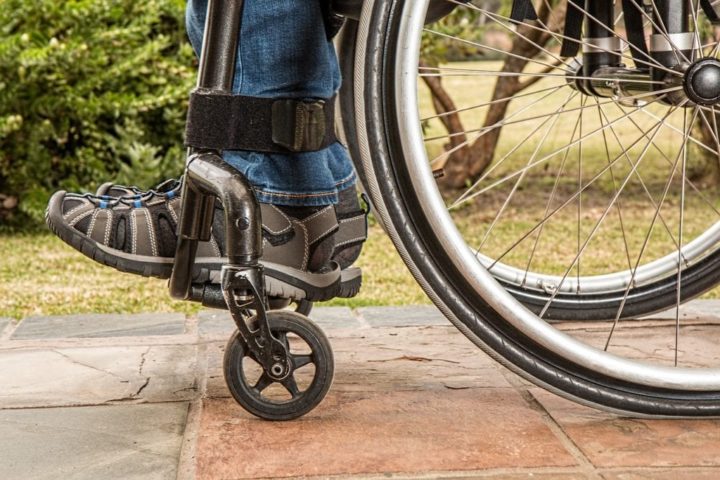According to a story from sciencedaily.com, new and improved standards of treatment are allowing patients with Duchenne muscular dystrophy to have longer lifespans than in the past. By all accounts, this is a testament to good, quality care, and should be celebrated as a measurably successful betterment of patient outcomes. At this juncture, with many patients thriving well into their thirties and potentially beyond, new guidelines are needed so that older patients can continue to live rich, fulfilling lives.
Duchenne muscular dystrophy (DMD) is one of the most severe variants of muscular dystrophy that affects boys exclusively. Muscle wasting occurs around the pelvic area, as well as the upper arms and legs, with most patients losing their ability to walk by 12 years of age. Some people with Duchenne muscular dystrophy also have scoliosis or intellectual disability. Many may need respiratory assistance when the breathing muscles become affected. Generally, a patient’s life span is cut short when the heart or breathing muscles begin to fail. While average life expectancy is 26, better care standards have seen a steady increase in lifespan, with some patients surviving into their 40s and 50s. To learn more about Duchenne muscular dystrophy, click here.
A recent report is proposing new, informative benchmarks for caregivers that are meant to allow patients to live their lives as fully as possible, not solely prolong lifespan further. These guidelines provide options for DMD patients to engage in the aspects of life that healthy people often take for granted, such as emotional health, education, intimacy, personal independence, and relationships. These new suggestions are to result of extensive feedback from advocacy organizations, patients, and their families.







